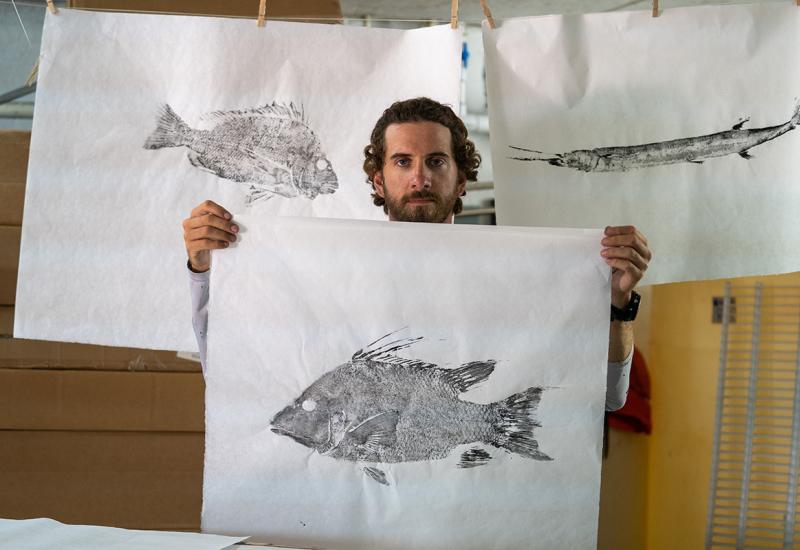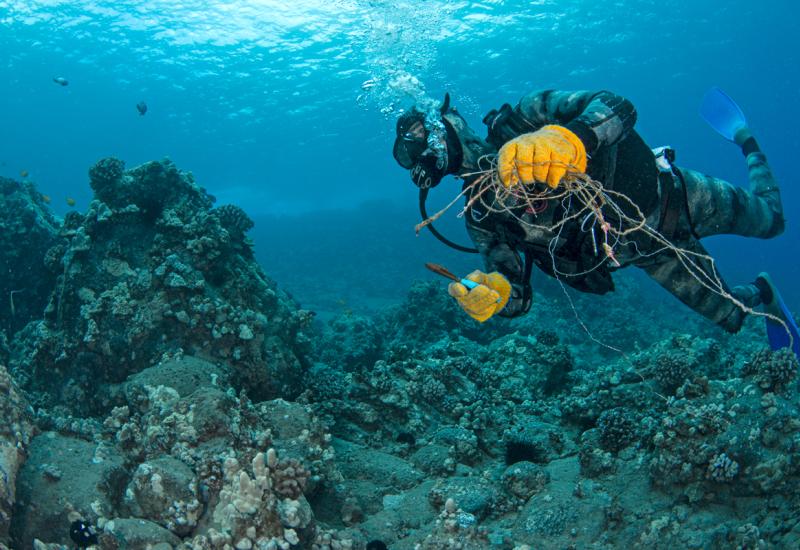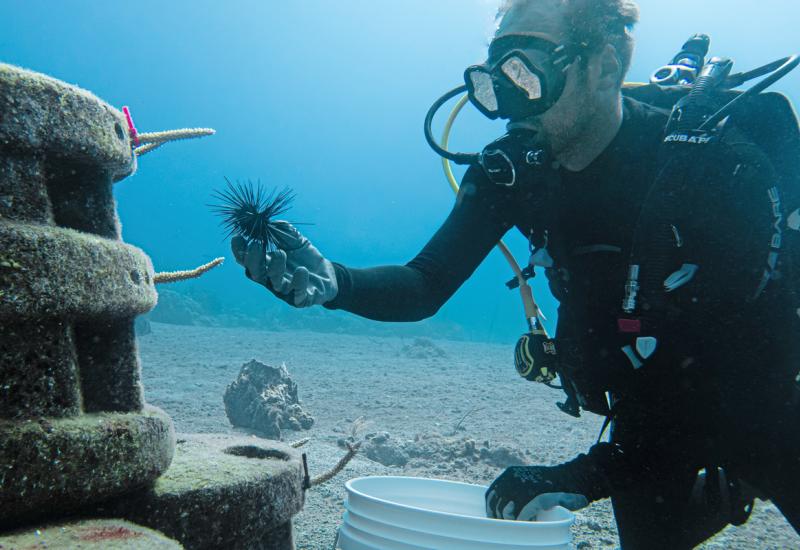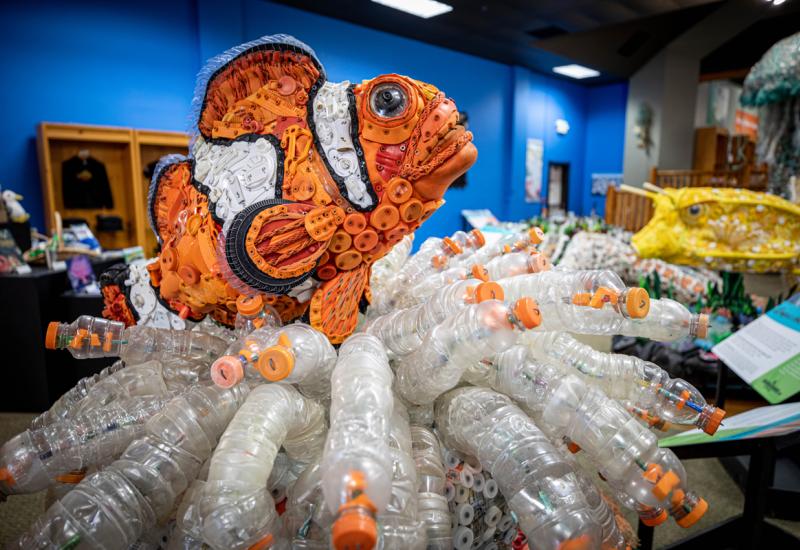Meet the Marine Biologist Making Urban Oceans a Climate Asset

Ryan Lash/TED“What is the best possible way we could live in this new normal as it's evolving?”- Dr. Ayana Johnson
“Cities can't stop climate change,” says Dr. Ayana Johnson. But “figuring out how half of us can live more sustainably can certainly make a difference.”
A marine biologist whose work has shaped ocean management in several countries, Johnson is creating a think tank called Urban Ocean Lab, set to launch in 2021. The nonprofit aims to spread equitable sustainability practices to coastal cities adapting to climate change.
It’s the latest iteration of Johnson’s ever-evolving effort to use the oceans to improve society and heal our climate.
A wonky ocean lover, Johnson holds degrees from Harvard and the Scripps Institution of Oceanography. She oversaw the Caribbean’s first islandwide marine zoning project as director of the Waitt Foundation, did stints at the National Oceanic and Atmospheric Administration and Environmental Protection Agency and founded an ocean sustainability consulting firm.
Emerging from those experiences a marine conservation thought leader, recent years found her co-directing partnerships for the March for Science and advising a menagerie of environmental nonprofits. Her expertise has shaped national policy proposals like the Green New Deal and its 2017 predecessor, the Off Fossil Fuels Act; Sen. Elizabeth Warren’s Blue New Deal campaign proposal; and calls for a Green Stimulus during COVID-19 relief debates.
Cities are her latest frontier, she says, because they can quickly enact climate solutions that will hopefully “percolate up to the state and federal level.”
It’s a high-stakes fight for urban leaders as rising seas swallow shorelines, rivers flood to historic levels and hurricanes move north while growing in intensity.
Local leaders’ prominence in tackling climate change has risen over the past several years in the absence of a coordinated federal effort. From Michigan’s Upper Peninsula to the Florida Keys, municipal governments are grappling with new questions: When waters swallow a road, do you raise or abandon it? Do you help people dependent on that road move, or buy a ferry to circumnavigate it?
How coastal cities answer these questions has seismic implications for the lives of millions of Americans—about 40 percent of the country lives near the shore (a proportion expected to rise after the 2020 census).
Johnson’s answers don’t fight the rising waters. They work with them.
“There is a lot we can do if we remember that the ocean is actually what drives our climate system, and that restoring ecosystems and offshore renewable energy and regenerative ocean farming are these massive solutions that we're basically ignoring right now in the U.S.,” she says.
To this native Brooklynite, New York City is proof of concept that major metro areas can “use the ocean without using it up.” Johnson sees the city as more than a concrete jungle—it’s an archipelago with 600 miles of coastline, three dozen islands and a ferry system in between.
She points out this intensely populated shore benefits from natural coastline protections (the area’s remaining wetlands are thought to have prevented $625 million in damage during Hurricane Sandy). And waters have been recovering for nearly 40 years with the help of pollution controls set by the Clean Water Act.
“We have whales coming through. We have seahorses living under piers in the Hudson River. We have oysters starting to come back,” Johnson says. “Even a place like New York City, with over 7 million people, can have a thriving marine ecosystem if we get it right, and so why wouldn't we try?”
More Marine Conservation:











